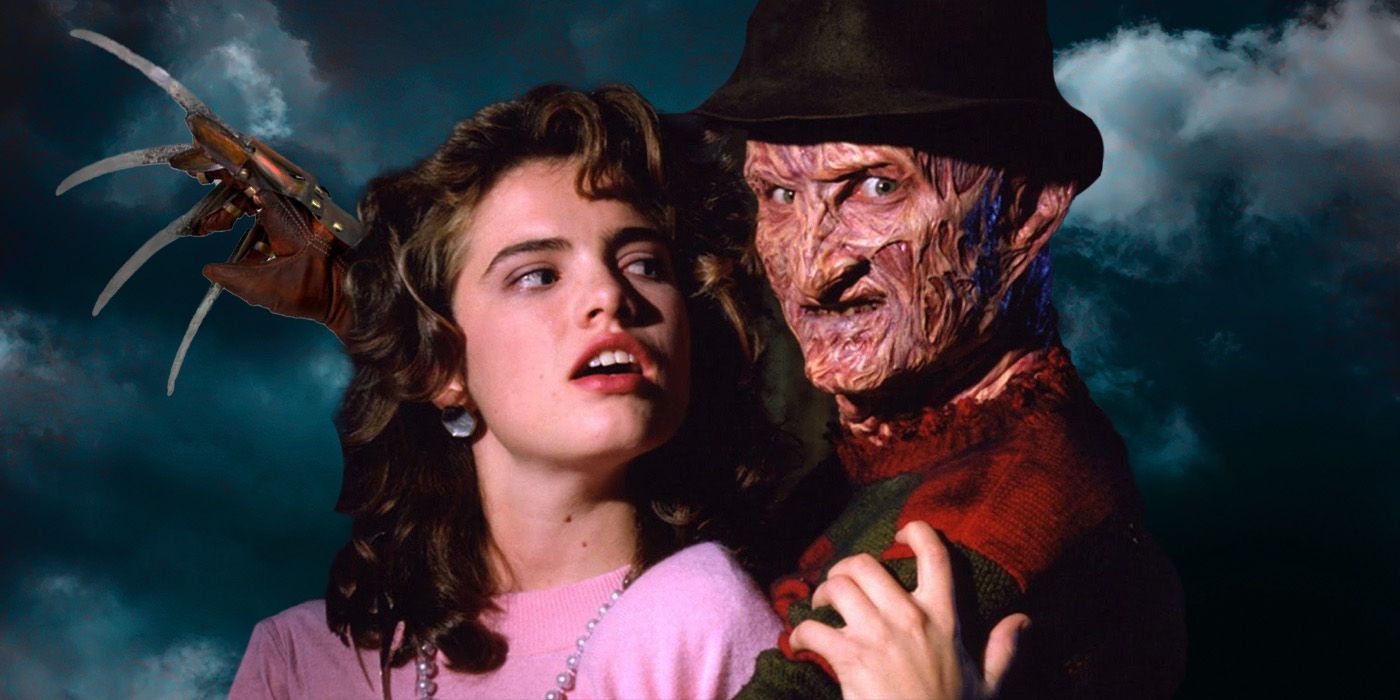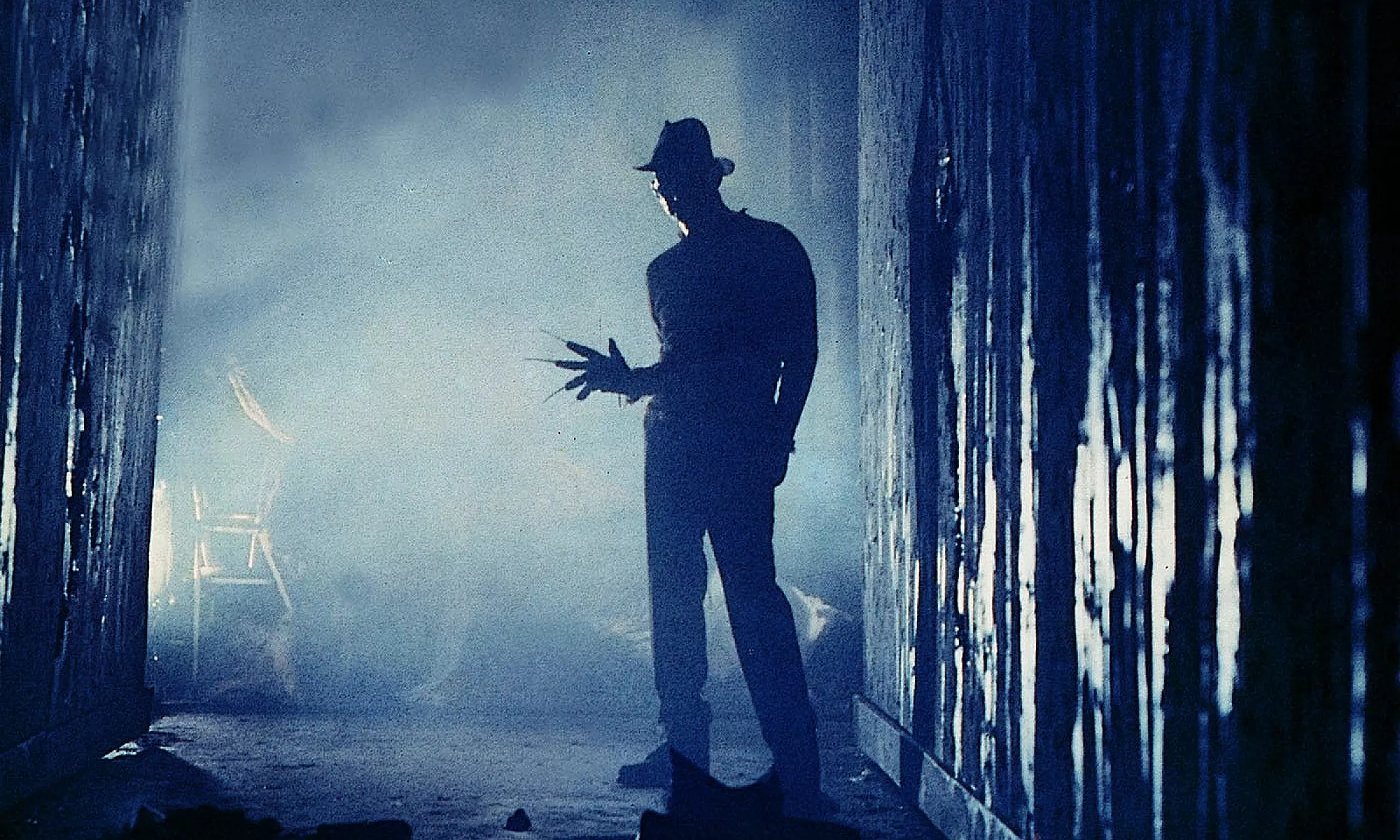In 1984, writer-director Wes Craven introduced the world to one of horror cinema’s most chilling and inventive villains—Freddy Krueger—in A Nightmare on Elm Street. Combining supernatural terror with psychological suspense, Craven’s film not only revitalized the slasher genre but also redefined the very nature of fear by taking it to the most vulnerable place imaginable: our dreams.

Set in the quiet suburb of Springwood, the story follows a group of teenagers—most notably Nancy Thompson (Heather Langenkamp)—who begin experiencing terrifying nightmares involving a horribly burned man with a glove of razor-sharp knives. When one of them dies violently in their sleep, Nancy realizes that their dreams are real—and that the killer, Freddy Krueger (played with sinister charisma by Robert Englund), is hunting them through their subconscious.
What sets A Nightmare on Elm Street apart from other slasher films of the era is its core concept. Rather than rely solely on gore or jump scares, Craven introduces an idea that is profoundly unsettling: if you die in your dream, you die for real. It’s an ingenious premise that adds existential dread to every minute of the film, especially as Nancy desperately tries to stay awake and uncover the truth behind Krueger’s origin.
Robert Englund’s performance as Freddy is nothing short of iconic. Unlike silent killers like Michael Myers or Jason Voorhees, Freddy talks—and taunts—with dark humor and sadistic glee. He’s not just a murderer; he’s a manifestation of trauma and revenge, rooted in a grim backstory that slowly unravels through the film.
Heather Langenkamp provides a strong and relatable protagonist in Nancy, who transforms from a frightened teen into a resourceful and determined final girl. Her battles with Freddy feel intense and earned, culminating in a clever and unexpected climax.
The film’s special effects—particularly the infamous “bedroom death” scene and the elastic wall moment—still hold up as creative and horrifying practical achievements. Charles Bernstein’s eerie synth score adds a dreamlike, otherworldly tone to the experience, enhancing the boundary between reality and nightmare.

A Nightmare on Elm Street is a landmark in horror filmmaking. Smartly written, visually inventive, and genuinely terrifying, it remains a haunting exploration of fear, guilt, and the blurry line between dreams and death. Wes Craven not only created a lasting horror icon in Freddy Krueger but also a film that continues to keep audiences wide awake, decades later.



